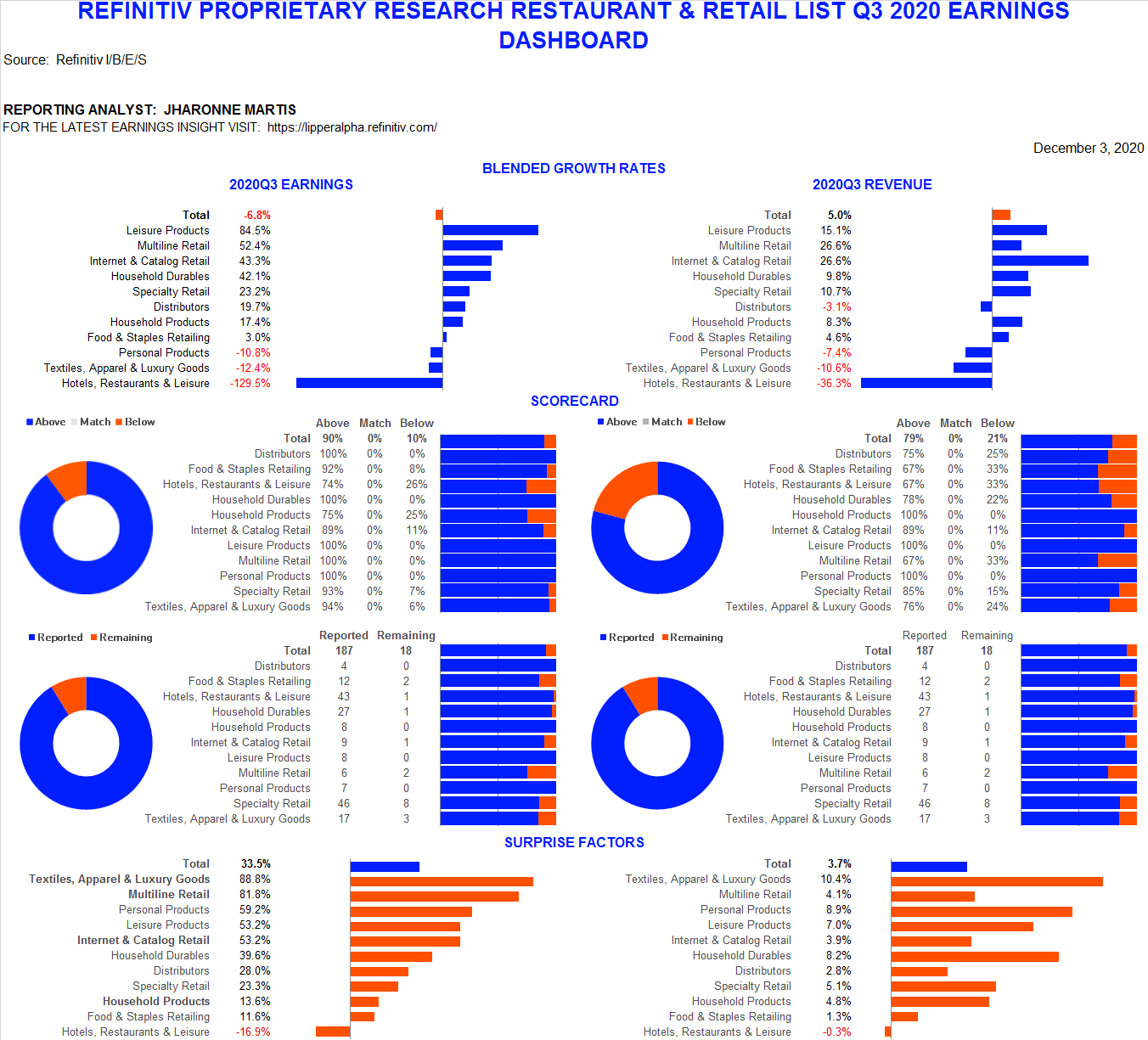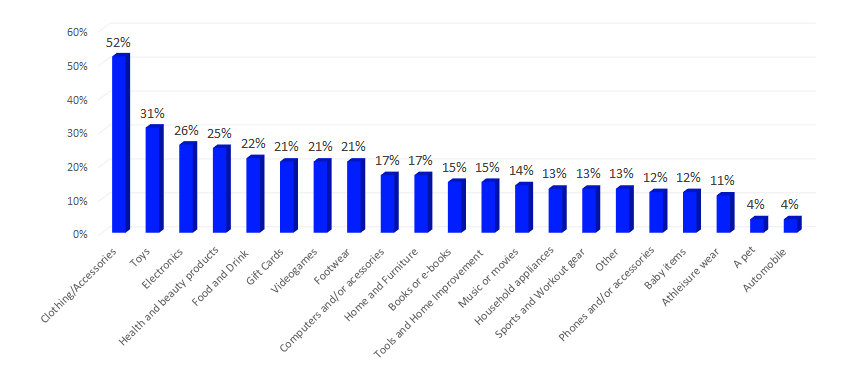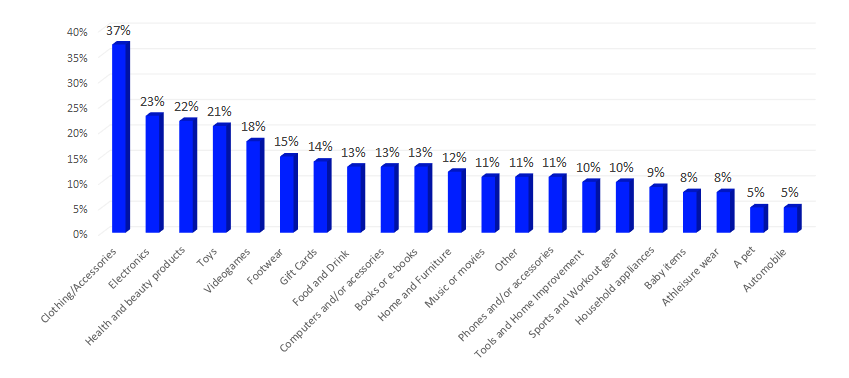Jharonne Martis
Jharonne Martis’s key responsibilities include analysis of actual and estimated retail same store sales data over time and across competitors, providing insight into company outlooks, revealing trend expectations, and yielding clues to anticipated consumer behavior. Her observations and analysis can be found in her monthly research reports, SSS Preview and SSS Review, which are widely distributed to institutional clients and the financial media. Additionally, Martis periodically publishes in-depth Market Insight notes and serves as an internal resource on all issues related to the US consumer.
Martis has worked as a software developer at NetLander, Inc., where she contributed to key projects at the NASA J.F. Kennedy Space Center, and was a Control Desk Analyst Manager at Citigroup. She holds a BS in Management Information Systems and an MBA in Finance.
A widely quoted authority on the U.S. consumer and retail information, including same store sales and corporate earnings, Martis’s research has been featured in The Wall Street Journal, The New York Times, CNN Money, and Barron’s, and she has appeared on CNBC’s Power Lunch and The Nightly Business Report, as well as other financial news outlets.

Other recent articles by Jharonne Martis:
- U.S. Retail Sales Rack Up Solid March Numbers
- Consumer Confidence Shows Stability Following Volatile Start to 2024
- Consumer Confidence Up As Jobs Index Rebounds From Last Month’s Decline
- Q4 2023 U.S. Retail Scorecard – Update Mar. 14, 2024
- Q4 2023 U.S. Retail Scorecard – Update Mar. 5, 2024
- Q4 2023 U.S. Retail Scorecard – Update Feb. 29, 2024




